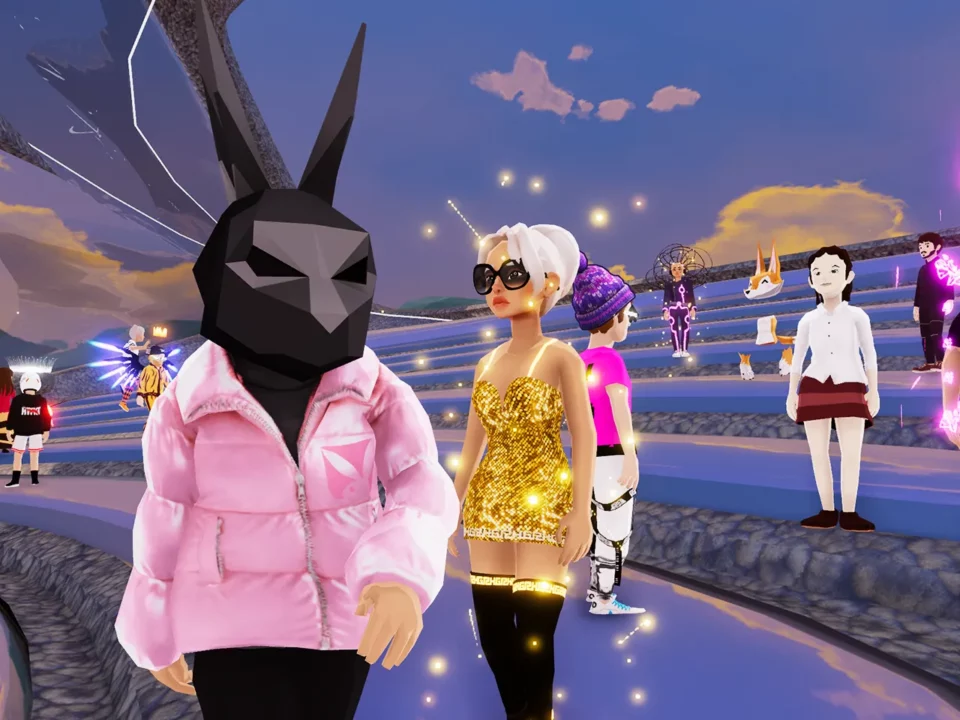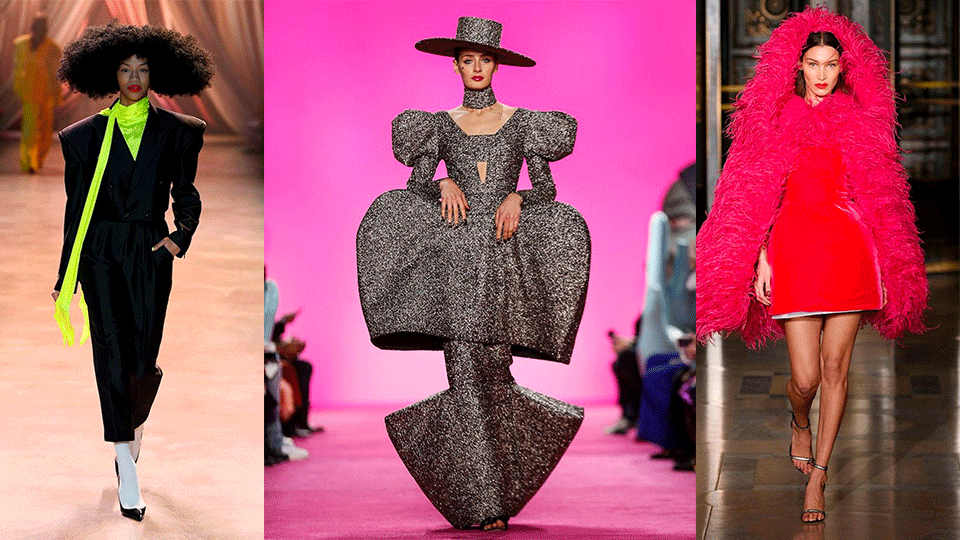- À New Wave to Fashion, À New Way of Living. Download Now on iOS Android Canada SS22
- hello@alahausse.ca
The Future of Circular Fashion on Mars

GMO Chic: Should we Genetically Modify Fashion?
February 24, 2022
The Coevolution of Digital Design, Creativity, and Fashion
February 24, 2022
Written by: Dylan Stoll
When Elon Musk’s think tanks gather together at SpaceX to discuss the experience of space travel or extraterrestrial colonies on Mars, utility is likely the topic of conversation. How will we survive? What will we eat? How will we collect energy? What will we breathe? These are the questions that are often asked because, well, we have basic needs as biological creatures.
But what about our wants? What about the items that we don’t really need? After all, there will be a time when colonies are fully established, where lives will be both started and spent. What about the wants of those future Martians?
Fashion on Mars
If there’s a want that humans have, be they Martian or Earthlings, it’s clothing. People love their clothing. It doesn’t matter if they are kicking up Earth dust or Martian dust, most people would rather be doing it in a slick pair of Mars Nikes; an opportunity that some designers have already gotten the jump on.
Back in 2019, London fashion studio Raeburn produced the New Horizons collection, a line of adaptive, reusable clothing items made from the very materials that would be used on a mission to Mars. Solar blankets and parachutes made up some of the lines’ surprisingly fantastic looking, futuristic options, the designer’s choice of material reflecting the stark reality of life on other planets: that each and every item we use, clothing included, must be recyclable.

Getting Rid of Old Habits
When humanity finally reaches another planet, it’s not going to be easy; we’re going to need to make some serious lifestyle changes, especially when it comes to fashion. One of the biggest changes we will need to make is in regards to our tendency to think linearly. What does this mean? When we buy an item, we use it, and then we throw it away; this isn’t an option on Mars (and it shouldn’t be on Earth either). Everything needs to have the triple R (reducible, reusable, recyclable) stamp of approval before it can be sent to another planet.
This is necessary for two reasons: We simply do not have the resources to add a single unnecessary gram of weight to the rockets that take us into space, nor do we have the time to call for back-up from Earth (It’s a long trip, seven months and 480 million kilometers). This means that whether it’s an empty can, a plastic wrapper, a malfunctioning robotic arm or a pair of torn pants, we have to be able to break it down and reuse it. It’s just prudent decision making.

Closing the Loop
Ironically, we don’t apply this same thought process to our own planet, especially when it comes to fashion. The fashion industry is one of the top contributors to pollution and climate change, contributing as much as 10 per cent of humanity’s total carbon emissions. A gargantuan 92 million tons of clothing are thrown away every year, filling dumps with needless waste that could have easily been recycled (clothing made from natural fibers like cotton are recyclable), and textile factories across the world pollute waterways like none other. This is an issue that ÀLA.HAUSSE addresses; a means of buying, selling, renting and lending clothing/accessories in the name of a sustainable future. We, as well as many other fashion-forward and eco-conscious individuals call it the circular economy.
A closed-loop circular economy is the ultimate goal; the final form, so to speak, and an eventual necessity for both Earth and Mars. If we can create, use, recycle and reuse without requiring a large amount of input (the closed-loop), then not only will we have solved a great portion of our pollutive issues here on Earth, but we’ll also be able to function autonomously on distant planets.
The ÀLA.HAUSSE Initiative
Here @ÀLA.HAUSSE, we can’t help but see this astounding opportunity for the circular economy to gain some traction. Our need to explore, to create a microcosm of Earth on Mars so that we can observe the wonders of the universe, is showing us just how carefully we need to address issues like a waste to survive.
We are all for sustainable applications, especially those happening in space for this very reason. Not only that , where else can you find a smarter group of people looking to be as careful as possible with their resources? If we hope to see a future on Mars, even on Earth, sustainable options will need to become the only option.

À New Wave to Fashion. À New Way of Living.
Your First and Last Sustainable AI and Social Powered P2P/B2C Multifunctional Ecosystem (BUY/SELL/RENT/LEND/ SWAP/GIFT), for Me and You.
Apple: https://apple.co/3F8EgcJ
Android: https://bit.ly/3f7jEY3
Via ÀLA.HAUSSE’s Multi-functional and Multi-purposeful Fashion Ecosystem- BUY/SELL/RENT/LEND mobile application, INDIVIDUALS & brands ( BETA) are encouraged to REBUY, RESELL, REUSE and UP-CYCLE their personal “Clossets” aka Clothing Assets. Through this consumerism habit shift we slow down the urgency on fashion carbon footprint, aiding sustainability as a whole.
Launching NOW on iOS Android Canada
Give me a read: shorturl.at/rIMT8
More stories on www.alahausse.ca, Medium & Hackernoon. Follow & Tag @ala.hausse
#ALAHAUSSE #WEARYOURPURPOSE #HAUSSEPEOPLE








